Rank Species | Scientific name Kryptopterus bicirrhis Phylum Chordata Order Catfish | |
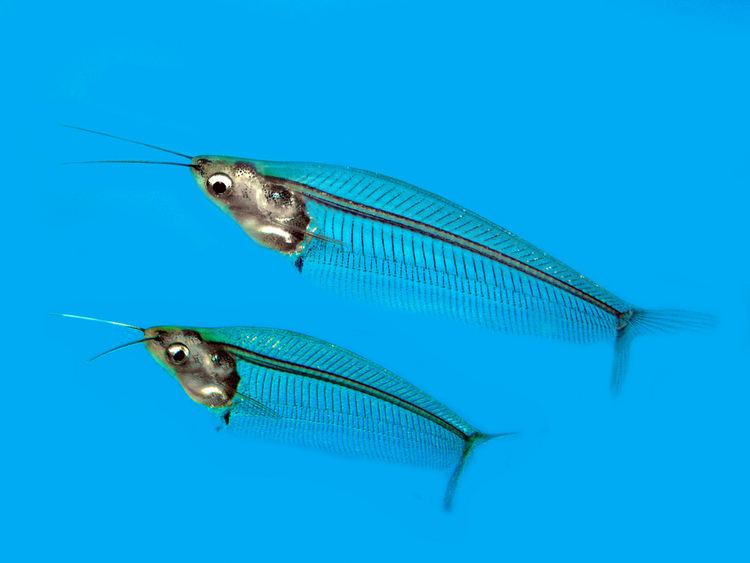 | ||
Similar Kryptopterus, Catfish, Harlequin rasbora, Kuhli loach, Kryptopterus vitreolus | ||
Kryptopterus bicirrhis, often called the glass catfish, is an Asian glass catfish species of the genus Kryptopterus. Until 1989, the concept of K. bicirrhis included its smaller relative Kryptopterus vitreolus ("ghost catfish"; often confused with K. minor). Its scientific name K. bicirrhis and common name glass catfish are often still used in the aquarium fish trade to refer to the actual K. vitreolus; as it seems, the larger and more aggressive true K. bicirrhis was only ever exported in insignificant numbers.
Contents
In western Borneo, where K. minor and K. bicirrhis are sympatric, both species are known as lais tipis in the Malay language, but when locals want to distinguish the two, they refer to K. minor as lais limpok. In Cambodia, where it is known as trey kes prak, the Khmer people use the ghost catfish as a key ingredient in the fine fish condiment prahoc.
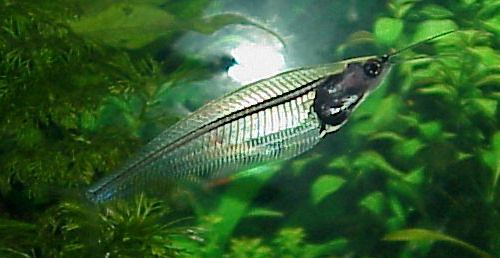
Ghost glass catfish kryptopterus bicirrhis aquarium tropical fish
Description
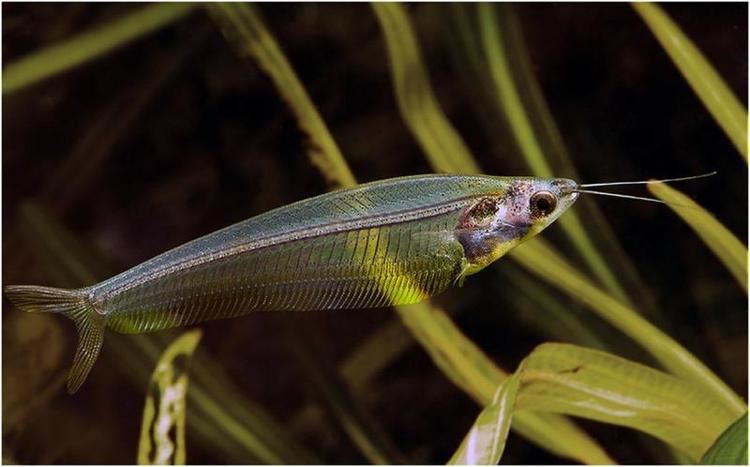
The true K. bicirrhis is easily separated from K. vitreolus. K. bicirrhis reaches a significantly larger size, up to 15 cm (5.9 in) standard length, and most of its body is not clearly transparent (only obvious around the head). The body of K. bicirrhis is mostly opaque and light greyish.
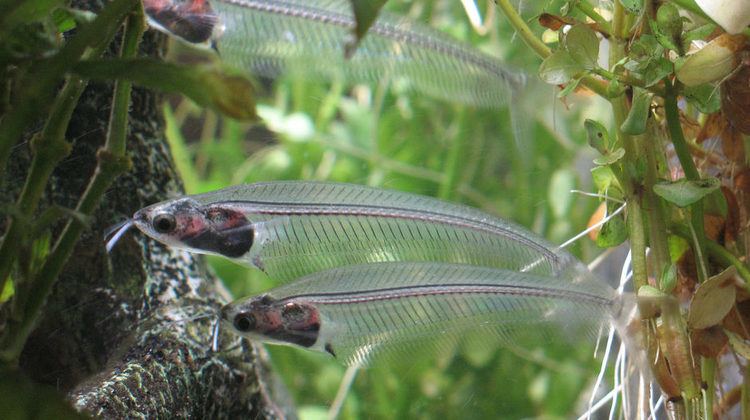
When struck by light, it has an iridescence, and it turns milky white when it dies. It has two long barbels for locating food, which are as long again as the body in front of the anal fin. The dorsal fin is reduced to a tiny triangle, and the pectoral fins are longer than the head.
Ecology
Kryptopterus bicirrhis is found in Borneo, Sumatra, the Malay Peninsula, and the Chao Phraya and Mekong drainage basins.
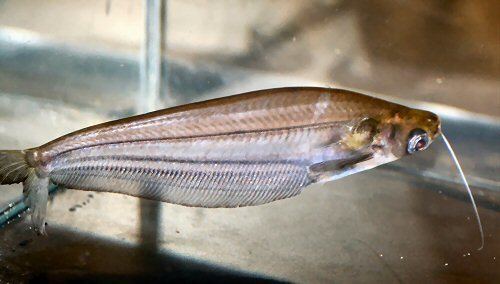
This freshwater catfish inhabits large rivers with turbid water, where they typically live near the shore in fast-flowing water. It seems to prefer peaty water with a rather low temperature for its tropical range, around 21 to 26 °C (70 to 79 °F). It is a diurnal predators and mainly eats water bugs and occasionally smaller fishes.
